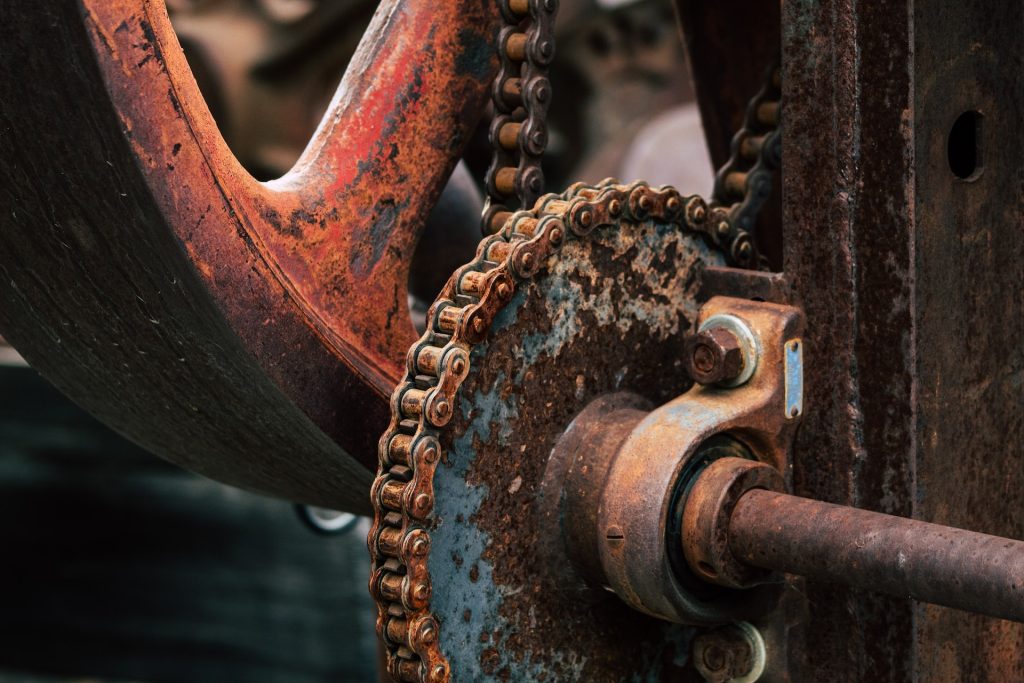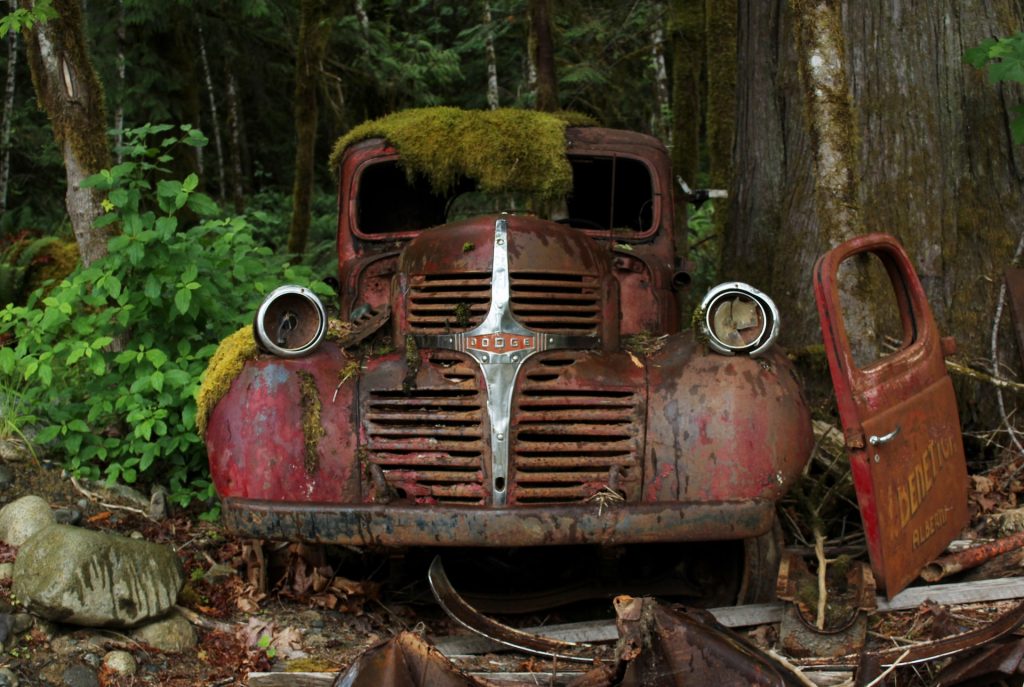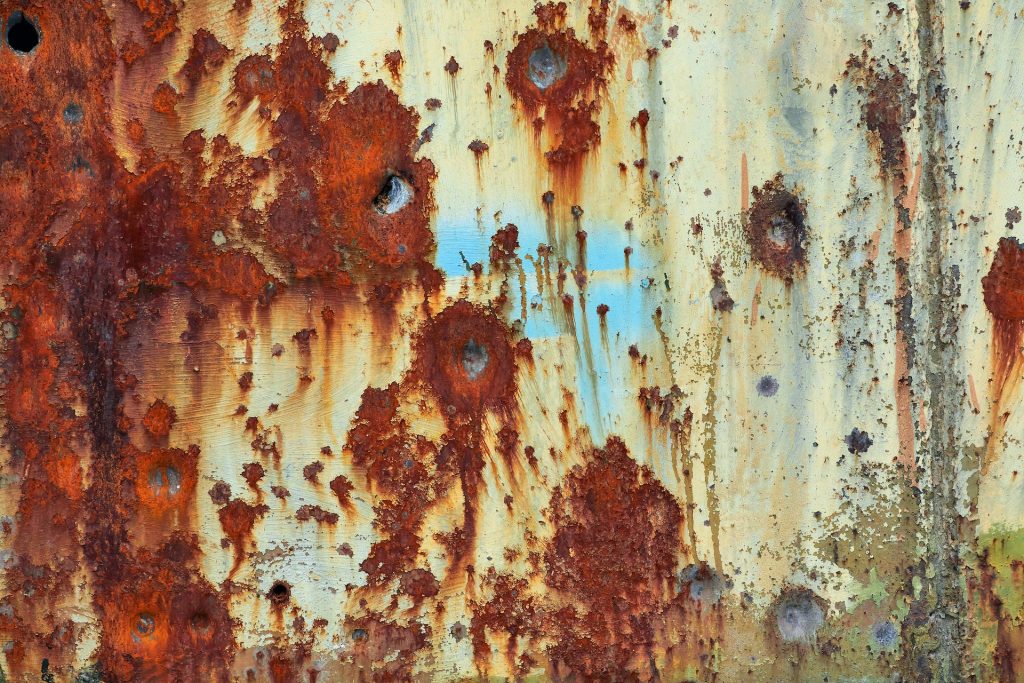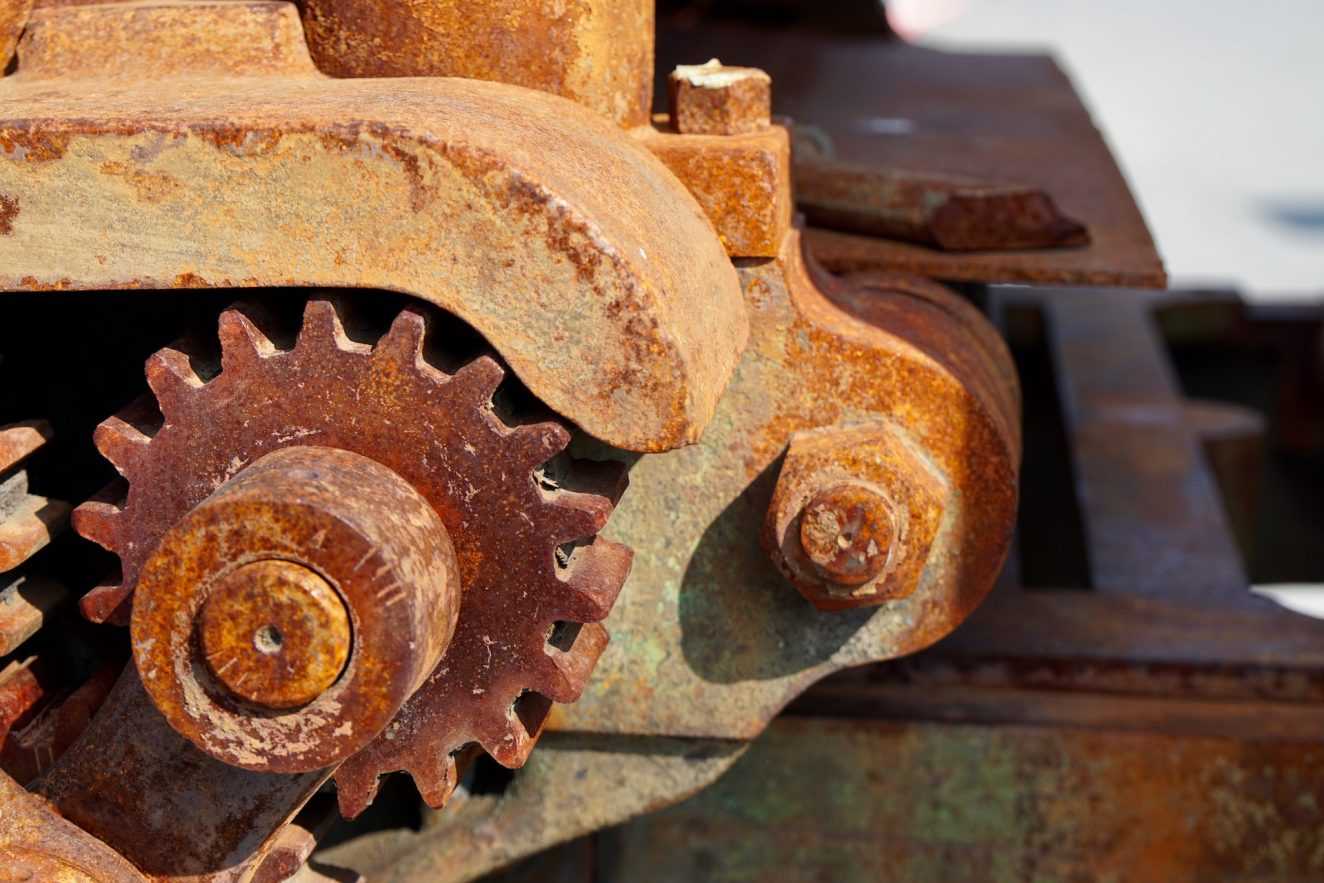Rust – the bane of metal objects, from gates to cars. We’ve all encountered it, a visible sign of neglect that can lead to structural weaknesses and aesthetic deterioration. But have you ever wondered why metal succumbs to this reddish-brown menace? In this blog, we’ll unravel the chemistry behind rust, explore its causes and effects, and discover effective measures to prevent this corrosive process from compromising the longevity and value of your metal possessions.

Understanding Rust
At its core, rust is a form of corrosion that occurs when metal, particularly iron-containing metals like steel, reacts with oxygen and water. The culprit behind this destructive dance is oxidation, a chemical reaction that transforms iron into iron oxide, commonly known as rust. The equation is simple but impactful: iron + oxygen + water = rust.
The oxidation process, like a slow but relentless predator, eats away at the metal surface over time, leading to weakness, discoloration, and deterioration. The rate of rust formation varies based on factors such as humidity, oxygen levels, and the type of metal involved.
Why Metals Rust
Not all metals rust, and the key player in this corrosion orchestra is iron. Metals like aluminum and titanium, devoid of iron, won’t rust but may oxidize. Rusting, essentially an electrochemical process, involves reducing iron-containing metals to their natural, unrefined states.
The dance of oxidation unfolds when iron and oxygen, with opposite charges akin to magnets, come into contact in the presence of water. This interaction leads to the formation of ferric oxide (rust), with the iron atom generously losing three electrons to the oxygen atom gaining two. The result is a natural process of returning metals to the earth, a sort of eco-friendly recycling by Mother Nature.
Types of Rust
Rust isn’t a one-size-fits-all phenomenon. While oxygen-induced rust is common, chloride-induced rust, often accelerated by salt, is a swift and aggressive counterpart. The salty, humid air around oceans or in regions using salt as a de-icer can expedite rust formation, sometimes noticeable within a single day.

Strategies for Prevention
1. Paint: The Classic Shield
Painting metal is a tried-and-true method to create a barrier against rust. A coat of paint acts as a simple shield, blocking oxygen molecules from reaching the metal. Choosing a paint that adheres strongly to the metal is crucial for long-lasting protection.
2. Plating: Layering for Defense
Covering iron or steel with a non-rusting metal is another effective strategy. Electrochemical plating or vapor deposition creates a protective layer, and processes like galvanizing, where steel is dipped in molten zinc, offer excellent rust defense.
3. Other Protective Barriers: Temporary Solutions
Dipping metal components in wax, spraying with oil, or coating in grease can serve as temporary barriers, often suitable for shipping or requiring regular maintenance. These methods repel water, preventing rust but necessitating ongoing care.
4. Alloys and Stainless Steels: A Rust-Resistant Choice
For metals that can’t be painted or coated, the solution lies in using alloys or stainless steels. Stainless steel, containing elements like chromium, nickel, and molybdenum, forms a thin oxide layer that resists rust. Choosing alloys with high chromium content enhances corrosion resistance.
Rust Removal
When rust strikes, removal becomes a priority. Rust converters, lasers, acid soaking, and electrolysis are methods ranging from neutralizing light rusting to more thorough removal processes. For larger panels, manual methods involving wire wheels and abrasive pads are commonly employed.

Understanding the science behind rust equips us with the knowledge needed to protect our metal possessions. While rust may seem inevitable, employing preventive measures ensures the longevity and aesthetic appeal of metal structures. Whether through painting, plating, or choosing rust-resistant alloys, the battle against rust is a science-backed endeavor, preserving our metal treasures for years to come.





